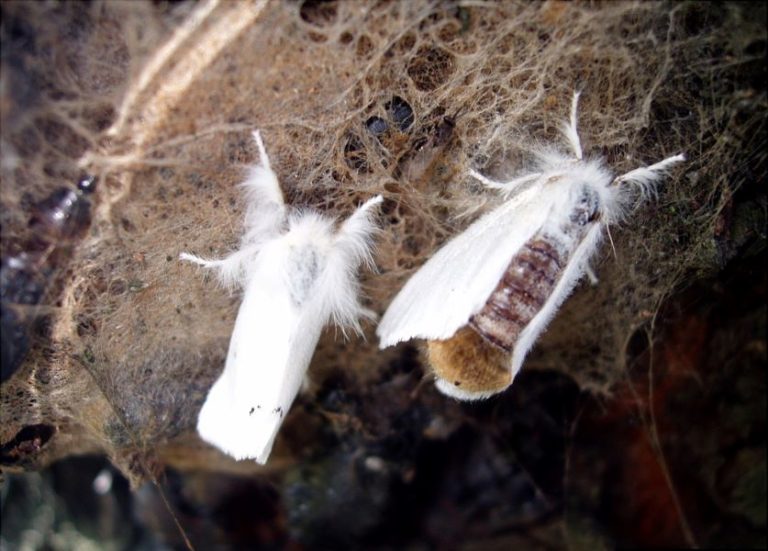Arborjet | Ecologel offers successful injection treatment for the browntail moth, which has recently made a strong resurgence across the northeast. Experts predict this will be a bad year for the invasive insect, possibly the worst in the last 100 years.
The browntail moth was accidentally introduced into Somerville, Mass., from Europe in the late 1800s. By the 20th century, the insect had spread to all of the New England states, New Brunswick and Nova Scotia. The Maine Forestry Department says that browntail moth populations are again building in Maine and in areas along the coastal northeast.
The larval stage (caterpillar) of this insect feeds on the foliage of hardwood trees and shrubs including: oak, shadbush, apple, cherry, beach plum, and rugosa rose. This causes reduction of growth and occasional mortality of trees and shrubs.
Arborjet offers an environmentally responsible tree injection treatment, TREE-äge R10, to control the browntail moth populations for up to two years. Technicians at Arborjet state “ACE-jet is also an important part of spring treatment, providing fast knockdown of the pest.” The effective methods inject and seal the treatments directly into a tree’s vascular system so nothing seeps into the air or soil.
While feeding damage causes concern, the browntail moth’s primary impact on people results from contact with poisonous hairs produced by the caterpillars. Microscopic, toxic hairs break off the caterpillars and can be airborne or settle on surfaces. Sensitive individuals who encounter the hairs may develop a skin rash similar to poison ivy and/or have trouble breathing.


